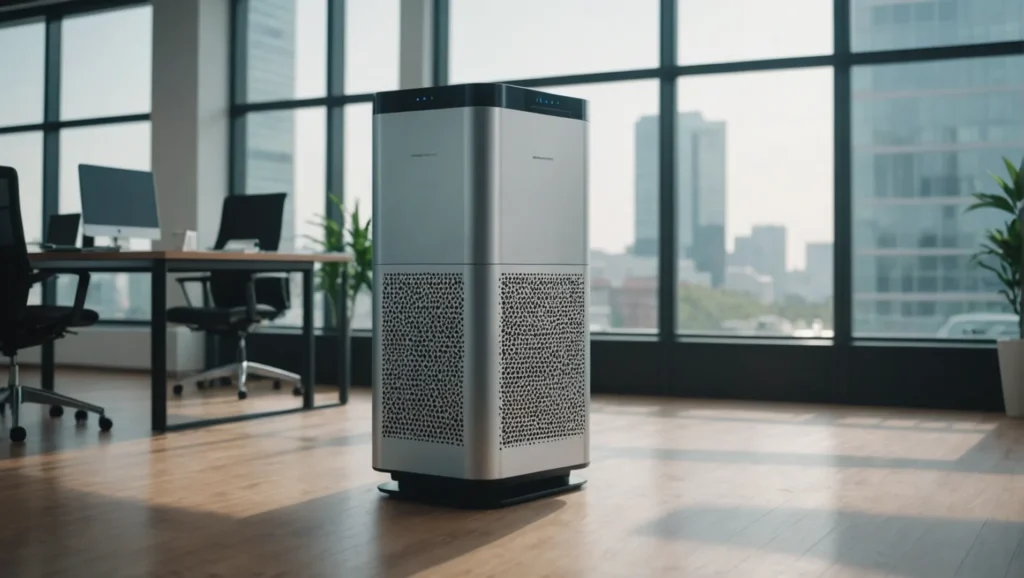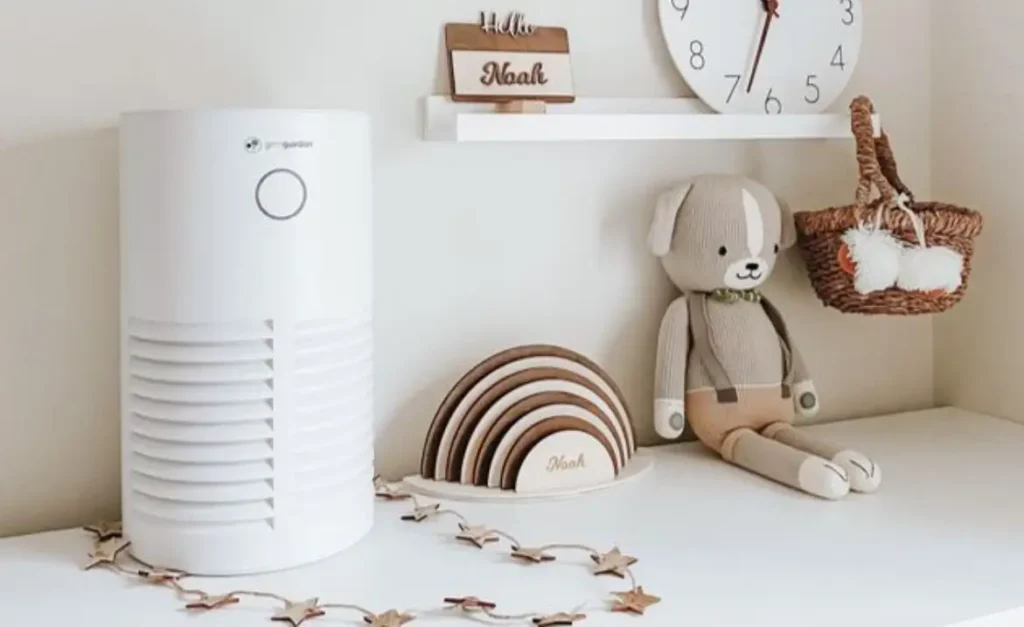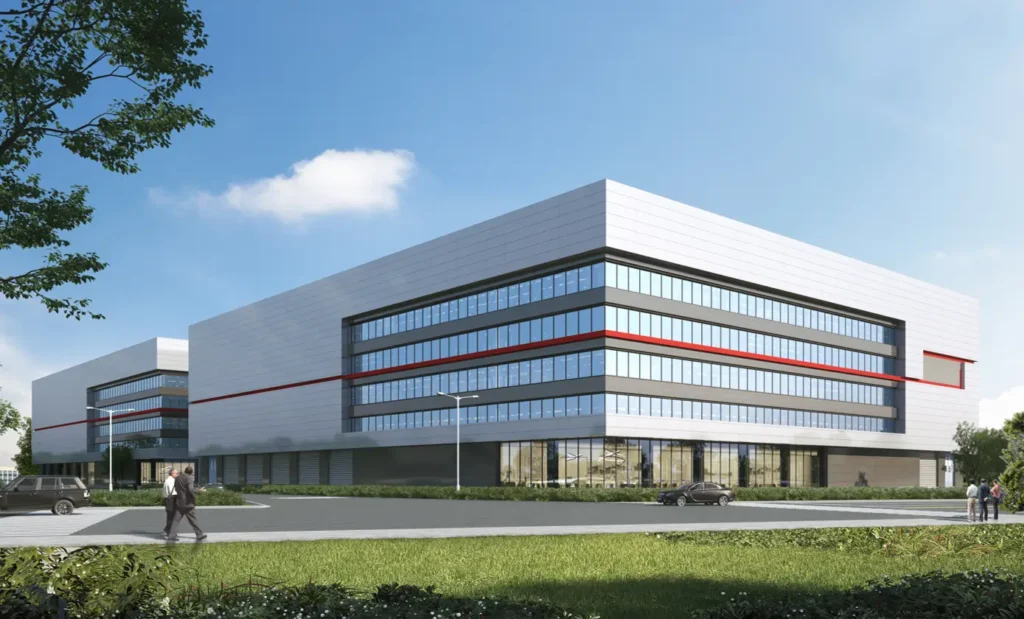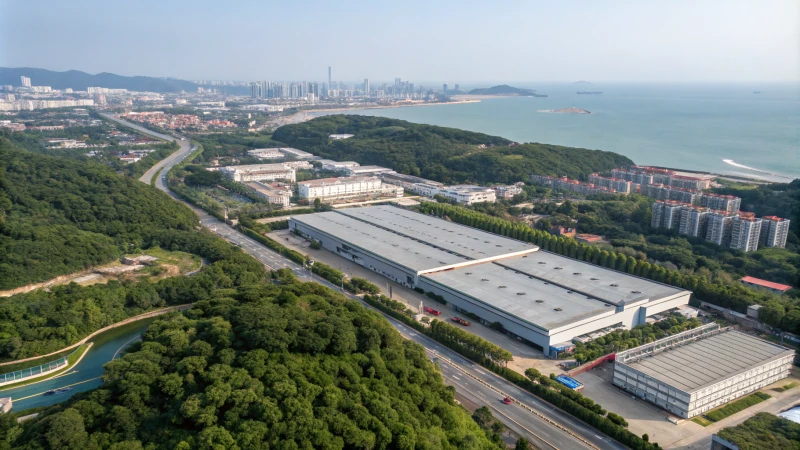La fabrication d'un purificateur d'air implique une série d'étapes complexes, depuis la recherche et le développement (R&D) jusqu'aux tests de qualité et à la production en série. La pollution de l'air et les contaminants intérieurs devenant des problèmes de santé mondiaux, la demande de purificateurs d'air efficaces ne cesse de croître. Cet article fournit un guide complet sur la fabrication des purificateurs d'air, en mettant l'accent sur les processus efficaces, les technologies nécessaires et la conformité réglementaire.
Table des matières
- Introduction
- Qu'est-ce qu'un purificateur d'air ?
- Principaux éléments d'un purificateur d'air
- Processus de fabrication d'un purificateur d'air
- Le rôle de la CFD et des ventilateurs à haute performance dans l'efficacité des purificateurs d'air
- Technologies et innovations clés dans le domaine de la filtration
- Comparaison des technologies de filtration
- Mesures détaillées de contrôle de la qualité
- Défis courants dans la fabrication des purificateurs d'air
- Conclusion
Introduction
À une époque où la qualité de l'air est de plus en plus liée à la santé, les purificateurs d'air jouent un rôle crucial dans la réduction des polluants intérieurs tels que les allergènes, les spores de moisissures et les composés organiques volatils (COV).1. Cet article explore le processus de fabrication des purificateurs d'air de bout en bout, les composants essentiels et les considérations relatives à la qualité et à la conformité des produits.
Qu'est-ce qu'un purificateur d'air ?
Un purificateur d'air est un appareil conçu pour éliminer les contaminants de l'air, améliorant ainsi la qualité de l'air intérieur.2 dans les maisons, les bureaux et les établissements médicaux. L'objectif premier d'un purificateur d'air est de filtrer les polluants susceptibles d'entraîner des problèmes respiratoires et d'autres problèmes de santé3. Il existe différents types de purificateurs d'air, allant des filtres HEPA aux dispositifs avancés à ionisation et à UV-C, chacun étant adapté à des besoins et à des environnements différents4.
Principaux éléments d'un purificateur d'air
Les purificateurs d'air sont composés de divers éléments, chacun ayant une fonction spécifique5. Les principaux composants sont les suivants :
- Filtres HEPA: Piège 99,97% de particules aussi petites que 0,3 micron, y compris les allergènes, le pollen et la poussière.6.
- Filtres à charbon actif: Absorbe les gaz et les odeurs, tels que les COV, la fumée de tabac et les odeurs de cuisine.7.
- Assemblage du ventilateur et du moteur: Assure la circulation de l'air à travers le filtre, ce qui est essentiel pour une purification efficace. Les ventilateurs haute performance sont essentiels pour équilibrer le débit d'air et la réduction du bruit, un défi majeur dans la fabrication des purificateurs d'air.8.
- Panneau de contrôle: Permet aux utilisateurs de contrôler la vitesse, la minuterie et les paramètres du mode.
Processus de fabrication d'un purificateur d'air
Le processus de fabrication des purificateurs d'air peut être divisé en quatre étapes principales : l'étude de marché et la conception, la sélection des composants, l'assemblage et les essais, et le contrôle de la qualité.
1. Étude de marché et conception
L'étude de marché est essentielle pour comprendre le public cible et les tendances actuelles en matière de technologie de purification de l'air. Les entreprises évaluent les préférences des consommateurs et les produits concurrents afin de concevoir un purificateur qui réponde aux attentes du marché, voire les dépasse9. Les principaux domaines d'intervention sont les suivants :
- Besoins des consommateurs: Identifier les principales préoccupations, telles que le niveau sonore, la durée de vie du filtre et la taille.
- Analyse des concurrents: Étudier les leaders du marché et analyser les caractéristiques pour parvenir à une différenciation.10.
- Facteurs environnementaux: Évaluer des facteurs tels que les types de polluants typiques des marchés cibles (par exemple, le pollen dans les zones urbaines ou les COV dans les environnements industriels).
Objectifs de la conception: Réduire l'impact de l'appareil sur la vie quotidienne en concevant des modèles plus silencieux dotés de techniques innovantes de réduction du bruit (par exemple, Decibel Cancellation™) et de circulation de l'air.
2. Sélection des composants
Une fois la conception finalisée, la sélection de composants de qualité est l'étape critique suivante. Pour les purificateurs d'air, les composants essentiels sont les filtres HEPA, les couches de charbon actif, les moteurs de ventilateur et les boîtiers11. Les entreprises doivent donner la priorité aux composants présentant une durabilité et une efficacité élevées afin de garantir la qualité et la longévité des produits.12.
| Composant | Description | Fonction des touches |
|---|---|---|
| Filtre HEPA | Élimine les fines particules en suspension dans l'air | Filtration des particules |
| Carbone activé | Absorbe les COV et les odeurs | Filtration des gaz et des odeurs |
| Ventilateur haute performance | Équilibre entre le débit d'air et le bruit | Flux d'air et contrôle du bruit |
| Panneau de contrôle | Permet d'ajuster la vitesse et le mode | Interface utilisateur et contrôle |
3. Assemblage et essais
Lors de l'assemblage, les composants sont intégrés dans le boîtier du purificateur d'air conformément aux spécifications de conception.13. Le contrôle de la qualité est primordial à ce stade pour s'assurer que tous les composants fonctionnent correctement et que le purificateur répond aux normes de sécurité.
- Test de niveau sonore: En utilisant la technologie Decibel Cancellation™, les niveaux de bruit sont optimisés pour garantir un fonctionnement silencieux adapté aux environnements domestiques et professionnels.14.
- Test de débit d'air: Des tests sont effectués pour confirmer que le débit d'air propre (CADR) est conforme aux spécifications du produit, ce qui garantit un équilibre efficace entre la vitesse du ventilateur et la filtration.15.
Les purificateurs d'air équipés de filtres HEPA améliorent considérablement la qualité de l'air intérieur.Vrai
Les filtres HEPA capturent 99,97% des particules, ce qui rend les purificateurs d'air très efficaces dans la lutte contre la pollution.
4. Contrôle de la qualité et certification
Le contrôle de la qualité comprend une série de tests rigoureux visant à confirmer que chaque appareil est conforme aux normes de l'industrie. Les purificateurs d'air sont soumis à des certifications telles que les normes CE, AHAM et HEPA afin de garantir leur sécurité et leur efficacité. Il est essentiel de s'assurer que le CADR se situe dans la fourchette cible pour chaque type de produit, car un CADR élevé indique la capacité du purificateur à purifier l'air de manière efficace16.
Tous les filtres HEPA éliminent efficacement les odeurs et les COV.Faux
Les filtres HEPA capturent les particules, pas les gaz ; seuls les filtres à charbon actif absorbent les COV.
Le rôle de la CFD et des ventilateurs à haute performance dans l'efficacité des purificateurs d'air
Un ventilateur performant et silencieux est essentiel dans la fabrication des purificateurs d'air pour maintenir un flux d'air optimal à travers les filtres tout en minimisant le bruit.17. La dynamique des fluides numérique (CFD) joue un rôle important dans la conception de purificateurs d'air efficaces, car elle aide les fabricants à simuler le flux d'air et à optimiser la conception des ventilateurs et des conduits.
- Équilibrer la puissance et le bruit des ventilateurs: La vitesse du ventilateur a une incidence sur le niveau de bruit, c'est pourquoi les fabricants utilisent la CFD pour tester des configurations qui maximisent le flux d'air sans augmenter le bruit.18.
- Débit d'air et résistance du filtre: L'efficacité d'un purificateur d'air dépend largement de l'équilibre entre la résistance du filtre et la capacité du ventilateur. L'utilisation de filtres moins denses combinée à une conception optimisée du flux d'air permet d'obtenir un CADR élevé avec un minimum de bruit.19.
- CADR (Clean Air Delivery Rate): Le CADR, mesuré en pieds cubes par minute (CFM), est une mesure clé pour déterminer l'efficacité d'un purificateur d'air.20. Un CADR élevé associé à un faible niveau de bruit est un indicateur de la qualité de la fabrication et de la conception.
Pour mieux comprendre le CADR dans les purificateurs d'air, lisez ceci Guide de l'EPA sur le taux de livraison d'air pur.
Technologies et innovations clés dans le domaine de la filtration
Les technologies de filtration avancées ont continué à évoluer, améliorant l'efficacité des purificateurs d'air. Cette section explore les innovations récentes :
- Précipitation électrostatique: Cette technologie charge les particules pour qu'elles adhèrent aux plaques de collecte.21. Il offre une filtration à long terme sans remplacement fréquent.
- Ionisation: Efficace pour réduire les particules, bien qu'il puisse produire de faibles niveaux d'ozone. Il est généralement préférable de l'utiliser dans des environnements industriels avec une ventilation élevée.22.
- Technologie UV-C: Détruit les bactéries et les virus en décomposant leur ADN. Il est efficace pour les hôpitaux, mais il est souvent utilisé en combinaison avec HEPA pour des performances accrues.23.
- Filtres hydrophobes et hydrophiles: Utilisé pour capturer les polluants à base d'huile et d'eau, il garantit la longévité et une protection accrue des purificateurs d'air destinés à des environnements spécifiques tels que les cuisines et les ateliers de fabrication.24.
Pour en savoir plus sur chaque technologie, consultez le site Explication des technologies de purification de l'air.
Comparaison des technologies de filtration
Vous trouverez ci-dessous un tableau comparatif permettant de différencier les différentes technologies de filtration des purificateurs d'air.
| Technologie de filtration | Efficacité | Sous-produits | Meilleures utilisations |
|---|---|---|---|
| Filtre HEPA | Haut | Aucun | Allergènes, poussière |
| Carbone activé | Modéré | Aucun | Odeurs, COV |
| Lumière UV-C | Variable | Aucun | Lutte contre les agents pathogènes |
| Ionisation | Modéré | Ozone potentiel | Réduction de la poussière et du pollen |
| Électrostatique | Modéré | Aucun | Applications industrielles |
Mesures détaillées de contrôle de la qualité
Pour garantir la qualité des purificateurs d'air, il faut prendre diverses mesures de contrôle de la qualité (CQ) :
- Test d'intégrité des filtres: Vérifie que les filtres atteignent ou dépassent leur capacité de filtration nominale, ce qui est essentiel pour les systèmes HEPA et à base de carbone.25.
- Test de bruit: Réalisé dans une chambre anéchoïque afin de mesurer et d'ajuster avec précision les niveaux de décibels pour un confort optimal.26.
- Etalonnage des capteurs de qualité de l'air: Veiller à ce que les capteurs détectent et signalent avec précision les changements de la qualité de l'air. L'étalonnage des capteurs de PM2.5, de CO2 et de COV est essentiel.27.
- Tests d'étanchéité: Confirmer l'intégrité de l'enveloppe pour s'assurer qu'aucun air non filtré ne contourne le système de filtration, ce qui réduirait les performances globales.28.
- Essais de durabilité: Comprend des tests sous des températures, des vibrations et des contraintes extrêmes afin de simuler diverses conditions environnementales.29.
Défis courants dans la fabrication des purificateurs d'air
La fabrication de purificateurs d'air pose des défis uniques qui nécessitent une planification minutieuse et de l'innovation :
- Lutte contre le bruit: Le bruit est une préoccupation majeure dans la conception des purificateurs d'air. En utilisant des technologies telles que Decibel Cancellation™, les fabricants peuvent réduire le bruit de fonctionnement sans compromettre le débit d'air30.
- Équilibrer la résistance du filtre et la puissance du ventilateur: Les purificateurs d'air efficaces équilibrent la puissance du ventilateur et la résistance du filtre pour optimiser à la fois le CADR et les niveaux de bruit.31.
- Consommation d'énergie: Assurer une bonne circulation de l'air sans consommer trop d'énergie est un défi majeur. L'utilisation de moteurs à courant continu permet de réduire la consommation d'énergie tout en maintenant les performances.32.
- Respect des règlements: Les purificateurs d'air doivent répondre aux normes locales et internationales, telles que les certifications AHAM et CE, pour être légalement distribués. Les tests relatifs aux COV, à la filtration des particules et à la consommation d'énergie sont essentiels pour assurer la conformité.33.
Conclusion
La fabrication de purificateurs d'air nécessite un mélange de technologies de filtration avancées, un contrôle de qualité rigoureux et une compréhension approfondie des besoins des consommateurs. Alors que la demande d'air intérieur pur ne cesse d'augmenter, l'innovation en matière de réduction du bruit, d'efficacité de filtration et de conception conviviale reste une priorité pour les fabricants.







